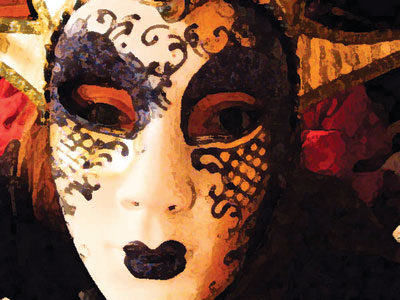All Nonfiction
- Bullying
- Books
- Academic
- Author Interviews
- Celebrity interviews
- College Articles
- College Essays
- Educator of the Year
- Heroes
- Interviews
- Memoir
- Personal Experience
- Sports
- Travel & Culture
All Opinions
- Bullying
- Current Events / Politics
- Discrimination
- Drugs / Alcohol / Smoking
- Entertainment / Celebrities
- Environment
- Love / Relationships
- Movies / Music / TV
- Pop Culture / Trends
- School / College
- Social Issues / Civics
- Spirituality / Religion
- Sports / Hobbies
All Hot Topics
- Bullying
- Community Service
- Environment
- Health
- Letters to the Editor
- Pride & Prejudice
- What Matters
- Back
Summer Guide
- Program Links
- Program Reviews
- Back
College Guide
- College Links
- College Reviews
- College Essays
- College Articles
- Back
Patron Dictatorship
During the Renaissance, much of the wealthy began to financially aid many artists in return for them to create any piece of art they wanted. In articles such as Patronage of the Arts: Help or Hindrance? , the malevolent patrons of the arts are exposed through their compelling dictatorship over their artists that they patronize. The patrons of the arts dictated the artist’s creativity and made them sacrifice their self-expression in many ways such as their cogent guidelines and orders.
In many ways, the supercilious aristocrats who were the patrons of the arts were dictating over the culture of the arts and life in many ways. The patrons were usually the “financial support of an artist by wealthy noblemen [patrons] members of the aristocracy and the papacy” elucidating that the patrons have control over the artists but much of the population due to their nobility, so the patrons were accustomed to being invulnerable and they usually get what they want. Hence, the patrons demand ridiculous pieces of art such as “a statue of the patron in the role of a biblical figure” instead of letting the artist stick to his own creative paths and mindset for his paintings. The artists practically lived to ascertain the patron’s next demand ratifying that their artistic talent and creativity was expunged through the demands of the patrons. . In addition, as fortified through the text, in many ways, the culture of the arts is basically dictated by the patrons through the artwork that was bequeathed through many generations of aristocrats. This can represent that the patrons overall had a say in who were going to be the most popular artists by how wealthy and popular the patron was. If the patron was a king, their painting would be passed down for generations and would be worth a lot, consequently making the artist of the piece widely known and popular. According to the article, the artists weren’t very focused on their own work but more of the work for the patrons to keep their finances in tact. For example, the artists “composed poems, plays, operas, and symphonies—and hoped their patron liked the results.” This quote extrapolates that there was a hierarchy between the patrons and the artists; although the artists may have produced phenomenal artwork, the patron was still in command and dictated the artist by controlling their time with artwork they want. The artist’s individuality was prohibited due to the constant demands from the patrons. Throughout the Renaissance, the patrons of the artists nonchalantly dictated over the culture without regard for the artist.
The artists overall had to hide their self-expression in their art due to their patron’s demands. For instance, in the article, the author describes a writer, Jean Racine, who the patrons “did not free even a talent like Racine from criticism” manifesting that the patrons overlooked the actual artwork and focused on what they wanted for themselves as the patron. Although the patrons were the financial aid for the artists, they embezzled their rulings as patrons by ordaining the artist’s creative lens. Instead of helping the artists get discovered for their independent and unique artwork, many of the artists had to oblige their masterpieces to the orders of the patron. In spite of the fact the patrons did not consider the self-expression of the artist, they did in many ways help the artist get discovered; many artists such as Mozart and Michelangelo may have not been discovered if it weren’t for the patrons. Moreover, the patrons dominantly used their place in society to govern the artists to accommodate for their artistic desires and practically ignored their artistic expression.
Therefore, in the article, Patronage of the Arts: Help or Hindrance? the idea that the patrons dictated the culture of the arts by their controlling power in the artwork and they also forced the artist to sacrifice their self-expression in their piece to satisfy the wants of the patron.

Similar Articles
JOIN THE DISCUSSION
This article has 0 comments.
